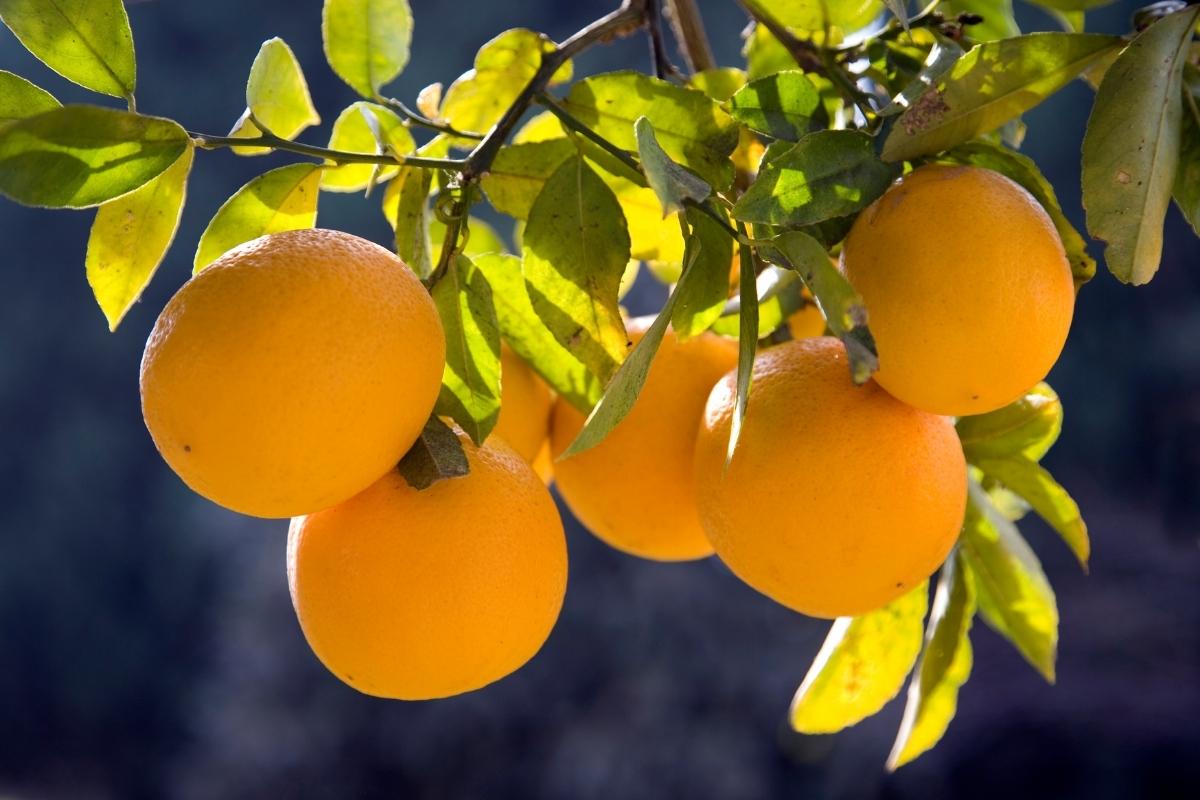How to Care For Hydrangeas
Hydrangeas are growing in popularity and for good reason. So we’ve put together the ultimate guide for how to care for hydrangeas. This includes choosing the correct hydrangea for your space, planting, watering, fertilizing, pruning and more. This guide has the basic information needed to get started.
Choosing the Right Hydrangea
First you need to choose the correct hydrangea based on what your needs are and what your space provides. How much sunlight does the location have? What type of soil do you have? How big of blooms and what color of blooms do you want? For more in depth information, we’ve put together a guide for the types of hydrangeas to help you determine which type works best for you.
All hydrangeas will bloom and grow well in morning sun and afternoon shade.
If you are looking for hydrangeas that do well in full sun, any panicle or paniculata variety will do well.
Planting Hydrangeas
Planting the hydrangea to ensure the plant stays healthy and thrives in the location you picked out. Choose a location so that the hydrangea can reach its full size without pruning. Plant the hydrangea in well-drained soil. Make sure to not plant the hydrangea too deep in the ground. Plant at the same depth as the pot it comes in.
The best time to plant hydrangeas is early summer or fall. If you want to transplant a hydrangea, do so once the plant is dormant and has lost all leaves in late fall or winter.
Watering Hydrangeas
Hydrangeas need moist but well drained soil to thrive. Instead of trying to stick to a “rule” for watering hydrangeas, it is better to water so the soil is moist at all times, but not too wet. Each type of hydrangea requires different levels of water. The location of the plant will also determine how much water the plant needs.
Typically, you will be able to tell when the plant needs water by looking at the foliage. The leaves will start to wilt when the plant needs water. Hydrangea macrophylla and hydrangea paniculata require more water than hydrangea arborescens (smooth hydrangeas) and Hydrangea quercifolia (oakleaf).
Fertilizing Hydrangeas
Specialty formulated hydrangea fertilizer is available, however it is not necessary. Commonly found all-purpose 10-10-10 fertilizer is the easiest to use. It should be applied in spring or early summer. Not in the fall as that is when the plants are preparing for dormancy, and the fertilizer could trigger new growth which isn’t healthy for the plants. It is important to remember that adding fertilizer will not cause a hydrangea to bloom.
Changing Hydrangea Colors
Fertilizer will not change the color of the blooms. It's possible that extra ingredients added to fertilizers might change the color, but the fertilizer itself doesn't have this power. It is much easier to change a hydrangea from pink to blue than it is from blue to pink. Changing a hydrangea from pink to blue entails adding acid to the soil. Changing from blue to pink means adding lime to the soil or changing the pH to the soil of the hydrangea. You cannot change the color of white hydrangeas.
Blue Flowers - Acidic soil pH of 5.5 or lower
Pink Flowers - Alkaline or neutral soil pH of 6.5 or higher
Pruning Hydrangeas
Mophead hydrangeas do not ever need to be pruned. You only need to remove dead branches. Different types of hydrangeas need to be pruned using different methods. To determine what method to use, it will depend on the variety of hydrangea you have. It is important to prune the correct way, so you do not cause the shrub to have less blooms.
Propagating Hydrangeas
Propagating hydrangeas is typically done from cuttings as the shrubs rarely produce seeds to use. It typically takes about 4 weeks to root from cuttings that are 6 inches long. While propagating, keep the plants out of direct sunlight so the leaves don’t burn up.



